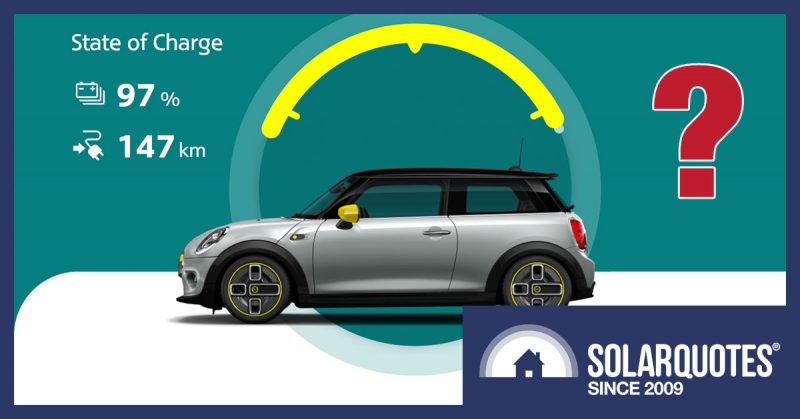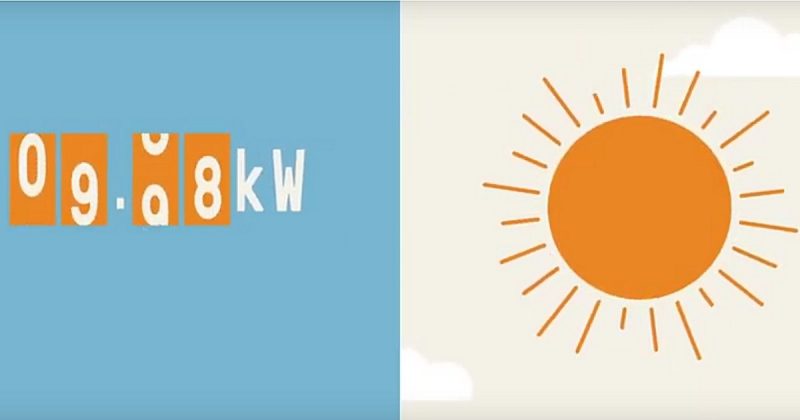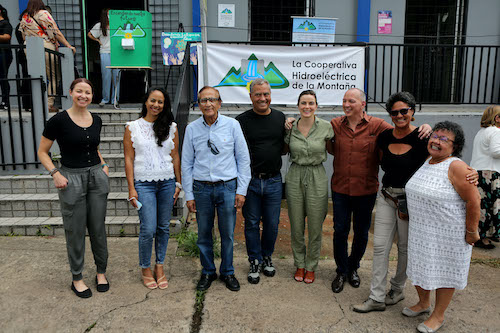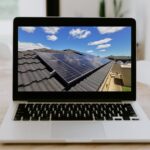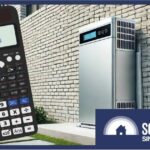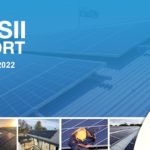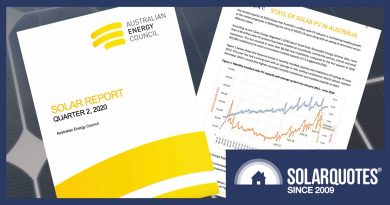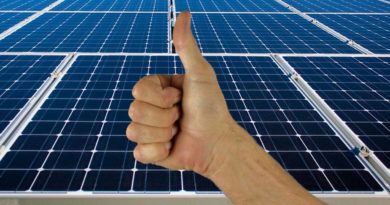The (Next) Top 7 Mistakes People Make When Buying Solar Systems: A Sequel

A few years ago, SolarQuotes founder Finn wrote about the top 7 mistakes made when buying solar.
Here it is. You should read it. 835,658 people already have1.
I’d go as far as saying that this information is priceless, but that would be a lie. It does have a price with a very real dollar value. If you don’t read the article, you may be outlaying good money without getting the returns you expected.
Today I’m going to take Finn’s article a step further and give you the sequel, written from the perspective of a crusty, ex-solar installer:
Strap yourself in. Here goes…
Mistake #1 Not giving yourself a basic education about solar
Whatever your motivation is for thinking about getting solar power, it won’t hurt to do a bit of research. I know it can be overwhelming and difficult to know where to start. The internet is full of information about every subject known to man.
Most people start with a scattergun approach and then give up with information overload. The problem with this approach is the lack of structure. No meaningful way of getting from A to B.
What you need is a ‘solar for beginners’ tutorial of sorts. Luckily, here is one I prepared earlier. Well actually, Finn did. Solar 101, Part 1: Understanding Solar is hands down the best place to start your solar energy education.
Maybe you don’t have time to get through it in one sitting. That’s understandable. It’s very thorough. Take your time before you move on to the next one. In the words of a once famous Prime Minister we’d all rather forget about – “It’s not a race”.
Mistake #2 Not understanding your energy consumption
This is where it can get tricky. There are some great online tools for estimating likely savings from a solar power system. In fact, there’s a solar calculator right here that I thoroughly recommend.
Put your own figures in, then compare the results against any numbers you’ve been given for a solar quote. Bear in mind it’s only an estimate. It will only ever be an estimate, because there’s no way of knowing 100% due to the multitude of variables that feed into the equation. But don’t let that get you down.
All I’m asking is you try to get your head around your own energy consumption habits. You’re probably aware that if you have solar power, it makes sense to use high-powered appliances when the sun is shining, so you draw from the solar panels and not the grid.
But what does that mean in real terms? How do we quantify high power or power usage in general? It’s hard to measure unless you spend thousands of dollars on data loggers and consumption meters for every circuit in your house. It’s not going to happen.
A simplified explanation of power usage
You’re trying to do the right thing by using what you think are high-powered appliances in the middle of the day when the sun is shining brightly on your solar panels. Your solar panels are now producing, say, 4 kW of power.
You put a chicken in the oven to roast. Your oven is now drawing 3kW of power. Great. Your new solar power system is providing 100% power to the oven (3kW) and exporting 1kW to the grid. Pity about the crappy feed-in tariff you’re getting.
You’ve been working pretty hard, so you put on the kettle for a coffee. The kettle draws 2kW of power. The 1kW that was going from the solar to the grid is now diverted to your kettle instead; and it needs another 1kW, so imports it from the grid to make up the shortfall.
It’s like an accounting balance sheet.
Load:
Oven (3kW) + kettle (2kW) = 5kW.
Generator:
Solar (4kW) + grid (1kW) = 5kW
So is switching on the kettle to be avoided? No! You deserve that cup of coffee, and although the kettle will cause 1 kW of imports from the grid, it will only be for a couple of minutes. That means your coffee-related grid energy usage will be about one-thirtieth of a kilowatt hour (2 minutes is 1/30th of an hour, so 1/30 x 1kW = 1/30th of a kWh). About 1 cent’s worth.
This is important to understand if you’re hoping to install solar panels to save money. Your energy consumption habits will help you to achieve the financial returns you expect from your solar power system and also put into perspective where to focus your efforts (tip – it’s not the kettle).
If you want to dive in a bit deeper, read the Good Solar Guide – in particular, “Step 2: Measuring Your Energy Use”.
Mistake #3 Waiting until install day to decide the location of hardware
One way of guaranteeing that you have a bad day is assuming you and your installer are on the same page as far as envisaging what this solar power system is going to look like.
Imagine coming home from a hard day’s work to find your new solar panels on the wrong roof or the inverter hanging on a wall right where its high voltage DC cables are guaranteed to get chewed by Rover.
Don’t wait until the day of the installation to have a casual conversation about this; for two reasons:
- You’ll be under pressure to make a decision you may later regret.
- You’re locked in and committed, having paid a deposit and signed a contract.
Your installer may have different priorities when it comes to the location of your solar panels. He/she may be thinking about harvesting the best possible yield from the sun. That’s good. They may also prefer a location that’s easiest and most economical for them to do the job – maybe not so good.
On top of your list might be aesthetics. Maybe you don’t want these things flashed all over the neighbourhood. In my opinion, the best-looking solar arrays are symmetrical blocks of even-numbered panels. You may have a different opinion.
As far as inverter location goes, there are three main things you should know:
- It should be located out of direct sunlight.
- It should be located out of direct sunlight
- It should be located out of direct sunlight.
Your installer knows this, but don’t assume it will happen. Once again, ease of installation is usually high on his list of priorities.
You know your property better than they do, so a location they suggest may be impractical for your everyday life. They are, however, bound by a set of rules (actually laws) that dictate what they can or cannot do.
Another thing to think about is whether there will be cables or conduits running down the outside of your walls or in the wall cavity. The location chosen may dictate this. More info on solar cables and conduits here.
Make sure you have this conversation in person (preferably with the installer, not the salesman) at your property before you sign up. Words sometimes mean different things to different people, so get them to provide you with a diagram prior to install day.
Mistake #4 Not future-proofing your investment
Of all the things you buy over your lifetime, a solar power system will hopefully outlast every one of them, apart from your house. Here are some interesting statistics for average lifespans of stuff we spend our hard-earned dollars on in Australia:
- House – 50 years
- Solar panels – 25 years
- Car – 12 years
- TV – 7 years
When you make the decision to purchase a solar power system, it doesn’t make economic sense to go for the cheap one. You have to play the long game. Get a good installer who uses good gear and pay a bit more for peace of mind and a solid investment.
The last thing you want is the inverter frying or one of your panels not working halfway through its journey. That will only result in expensive maintenance call-outs and a fight with the installation company. You don’t want it, and they don’t want it.
Mistake #5 Not having a consumption monitor installed
If you’ve already read Solar 101, Part 2: Buying Solar Power you’ll already know this. You don’t ‘need’ a consumption monitor in order for your solar power system to work. It will produce exactly the same amount of power with or without one, but that power may not be put to the best use. It’s kind of like driving blind.
You’ll save more money in the long run if you have a consumption monitor. Your inverter provides only basic data of power produced by the system – not your consumption.
A consumption monitor fills in the blanks by comparing solar power production with your electricity consumption. This tool goes a long way to solving the conundrum of quantifying your power usage, leading to better economic outcomes for you.
Plus, it may come with a fancy app that you can play with and show off.
Mistake #6 Being put off by brownwashing
Greenwashing is pretending your product is greener than it is. Exhibit A: the current ‘renewable gas‘ marketing campaign/disinformation.
Brownwashing is claiming a green product is not green at all. The ‘proof’ is often made to sound legitimate by combining hopelessly out-of-date published research with outrageously pessimistic assumptions.
For example, 20 years ago, it took a lot of energy to make a very inefficient solar panel. If you then model that panel on a roof in northern Europe, you can attempt to convince people that ‘solar panels will never generate the energy used to make them!’ and ‘solar panels will never pay for themselves financially’. Whereas in 2022, up-to-date data indicates a system in Australia will fully repay its energy debt on a roof in Australia in under 12 months.
Brownwashing is the scourge of the solar industry and the environmental movement. No one likes lies, whether it’s the result of malicious lies, out-of-date or incompetent research or all three. But it shouldn’t put you off. Solar power is a proven technology that, after years in the shadows, is now mainstream. It makes economic and environmental sense no matter which way you cut it.
SolarQuotes has spent the last thirteen years cutting through the brownwashing (and some over-eager greenwashing) and seeking the truth.
Mistake #7 Being put off by dodgy sales techniques
Every industry is full of them. The obvious one that comes to mind is the dodgy car salesman. The thing is, it doesn’t stop us from buying a car. We still need one!
The solar industry, in its infancy, attracted more than its fair share of these vultures. They swarmed like flies to dog shit. Unfortunately, this caused a lot of harm to the industry and made a high percentage of people sceptical for no good reason.
After doing solar installs for too many years, I once applied for a solar sales job. I started with two days ‘training’. Suffice to say I didn’t take the job because the product wasn’t really mentioned too much. The ‘training’ was all about high-pressure sales techniques.
Thankfully there is only a small percentage of companies that operate like this. SolarQuotes has a built-in bullshit detector that picks them up a mile away. All the installers have been vigorously vetted, so you don’t have to worry.
Original Source: https://www.solarquotes.com.au/blog/next-top-7-mistakes/
